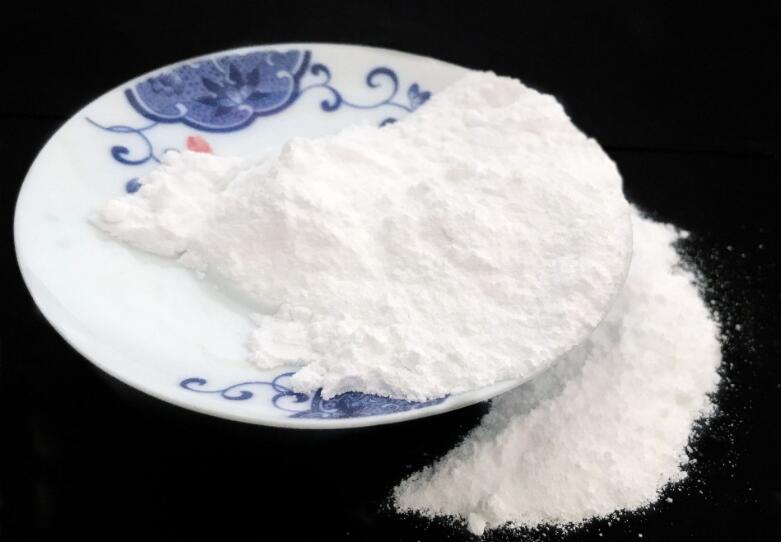Magnesium hydroxide desulfurization technology: environmental protection process innovation and new path for industrial emission reduction

With the tightening of global environmental protection policies and the advancement of the "dual carbon" goal, industrial flue gas desulfurization technology has ushered in a wave of upgrades. Among many desulfurizers, magnesium hydroxide (Mg(OH)₂) has gradually become an emerging choice in coal-fired power plants, steel smelting, chemical production and other fields due to its high efficiency, economy and environmental friendliness. This article analyzes the core advantages of magnesium hydroxide desulfurization technology from the dimensions of technical principles, application scenarios and industrial value.
1. Technical principles and reaction mechanisms of magnesium hydroxide desulfurization
The core of magnesium hydroxide desulfurization lies in its acid-base neutralization reaction with sulfur dioxide (SO₂). In the wet desulfurization process, after the magnesium hydroxide slurry contacts the flue gas, the following reaction occurs rapidly:
Mg(OH)₂ + SO₂ → MgSO₃ + H₂O
The generated magnesium sulfite (MgSO₃) can be further oxidized to magnesium sulfate (MgSO₄), which can be recycled as an industrial raw material. Compared with the traditional limestone-gypsum method, this reaction has the following characteristics:
1. High reaction activity: magnesium hydroxide particles have a large specific surface area, a fast dissolution rate, and a desulfurization efficiency of more than 95%, which is especially suitable for high-sulfur fuel scenarios.
2. By-product value: magnesium sulfate can be processed into fertilizers or building materials, realizing resource recycling and reducing solid waste treatment costs.
3. Low equipment corrosion: The pH value of the reaction process is stable (6-7), which reduces acid corrosion to pipelines and extends equipment life.
2. Four core advantages of magnesium hydroxide desulfurization
1. Significant environmental benefits, helping enterprises to transform to a low carbon level
Magnesium hydroxide desulfurization has no secondary pollution and no carbon dioxide emissions throughout the process (the traditional limestone method requires high-temperature decomposition of CaCO₃ to release CO₂), which meets the requirements of carbon reduction policies. Taking a coal-fired power plant as an example, after switching to magnesium hydroxide desulfurization, the annual carbon emissions were reduced by about 12%, and the sulfide emission concentration was stable below 50mg/m³.
2. Low operating cost and outstanding economic benefits
Although the unit price of magnesium hydroxide raw materials is slightly higher than that of limestone, its usage is only 40%-60% of the latter (under the same desulfurization efficiency). In addition, the recovery income of magnesium sulfate can offset part of the reagent cost. The measured data of a steel plant showed that the comprehensive operating cost dropped by about 25%.
3. Strong process adaptability and applicable to multiple scenarios
The magnesium hydroxide desulfurization system has strong compatibility and can be flexibly applied to small and medium-sized boilers, coking plants, waste incineration and other scenarios. Its slurry has good fluidity and is not easy to scale and clog, which is especially suitable for the transformation of old equipment.
4. Resource circulation closed loop to promote circular economy
As a high value-added by-product, magnesium sulfate is widely used in agriculture (magnesium fertilizer), papermaking (filler), medicine (epsom salt) and other fields. For example, a chemical plant processes desulfurization by-products into magnesium fertilizer, generating annual revenue of more than 5 million yuan, forming an industrial closed loop of "pollution control-resource regeneration".
With the development of nano-magnesium hydroxide preparation technology and intelligent dosing systems, desulfurization efficiency and automation level will continue to improve. In addition, policy support for solid waste resource utilization (such as the "14th Five-Year Plan for Circular Economy Development") will further drive the popularization of magnesium hydroxide desulfurization technology. It is expected that by 2030, the penetration rate of this technology in non-electric industries (such as cement and glass manufacturing) will exceed 40%, becoming a key support for industrial green transformation.








